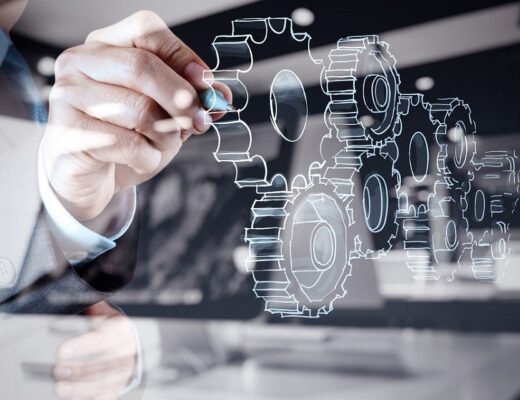Deburring equipment is a type of machine that removes burrs from items such as metal components. These devices are used for both industrial and residential purposes.
Many metal fabrication and manufacturing processes produce sharp burrs that can interfere with downstream processing. Deburring ensures that these burrs don’t impede the process, saving time and money.
What Is Deburring?
So what is deburring equipment? Deburring equipment removes sharp edges, or burrs, from metal parts. These rough edges and imperfections can impact the function of a metal component and the quality of the part’s finished product.
This process is necessary to reduce the risk of injury when handling a part, prevent damage and breakage, increase its aesthetic appeal, and improve its durability. It also helps a part adhere to coatings like paint or cladding.
Machine shops that use less deburring equipment often face a high turnover rate and manual labor costs. These costs can negatively affect a shop’s productivity and increase risks to workers’ safety.
However, there are ways to decrease these expenses and ensure higher-quality results with automated deburring equipment. Automated machines make it easier for operators to meet a shop’s deburring standards and produce better-fitting and finished pieces in a shorter amount of time than manual processes.
A few types of deburring equipment are available to meet the needs of various manufacturers. These include vibratory deburring machines, similar to barrel tumblers, filling a chamber with abrasive media and agitating the material inside it.
Why Is Deburring Necessary?
Deburring is a necessary step in manufacturing because it removes burrs from finished parts. These imperfections can reduce quality, increase friction, decrease lubrication, and other issues.
A deburred part may also reduce safety risks. For example, an edge that is not smooth could cut or grab clothing and other items during handling. Additionally, a deburred part may be easier to clean or repair.
Moreover, removing burrs can increase the lifespan of a product. For instance, a rusty metal part might become less durable over time and must be replaced sooner than a shiny one.
Some deburring equipment uses thermal energy to remove mechanical edge burrs, dross burrs, and slag from a part. This is done by placing the part into a hot corrosive gas, which causes a thermal shockwave that quickly evaporates the burr and other surface imperfections.
Another common deburring method is electrochemical deburring. This process involves immersing a component in an electrolytic solution and then applying a current that transfers the ions of the metal that are present on the burrs from the metal into the solution.
Deburring by hand can be slow and lead to inconsistent results, making it difficult for a metal shop to produce high-quality finished parts. Using deburring machines can improve the speed and consistency of deburring by allowing metalworkers to process multiple pieces at once, and it can also eliminate repetitive motion injuries caused by hand-grinding.
What Type Of Deburring Equipment Is Necessary?
Whether fabricating metal parts or other types of workpieces, the deburring process is essential to ensure they are safe for use. Sharp burrs can cause serious injuries when handled or ingested, making it hard for machines to function properly, leading to equipment malfunctions and system failures.
In addition to preventing injuries, the deburring process makes for a safer work environment by reducing friction between the workpiece and the machine. It can also increase the lifespan of the parts and improve their aesthetics.
There are various deburring equipment options, ranging from belts to water jets. Choosing the right type of deburring machinery is important to keep your production running smoothly and safely.
The type of deburring machinery you choose will depend on the characteristics of your workpieces and how often they are processed. Evaluating each factor will help you select a deburring machine that can deliver better results, improved productivity, and reduced operating costs.
When considering deburring and finishing equipment, look for the best quality and a long track record of experience in your industry. The right equipment will ensure consistent and high-quality products that your customers will appreciate. It will also save you time and money in the long run, which can help your business grow.
How Does Deburring Equipment Work?
Deburring equipment removes burrs left by drilling, milling, cutting, and stamping. These raised edges and ridges can cause several problems, including improper fit and assembly of parts, reduced part life due to fatigue and corrosion, safety hazards, and reduced aesthetics.
Removing burrs also allows metalworkers to create products that have smooth surfaces, which improves the overall appearance of the finished product. These deburred parts can also be easier to handle, as they don’t have sharp edges that could cut or grab clothing.
There are many deburring methods, each having different effects on the finished part. This means that shops must choose the right deburring process type based on the material, part geometry, size and location of burrs, product volume, and cost.
Mechanical deburring machines use tumbling and vibratory to remove burrs from a workpiece. Electrical or diesel-fueled motors power them.








No Comments